Exploring Core Architectural Components of Azure
 Oluwafemi Adebayo
Oluwafemi Adebayo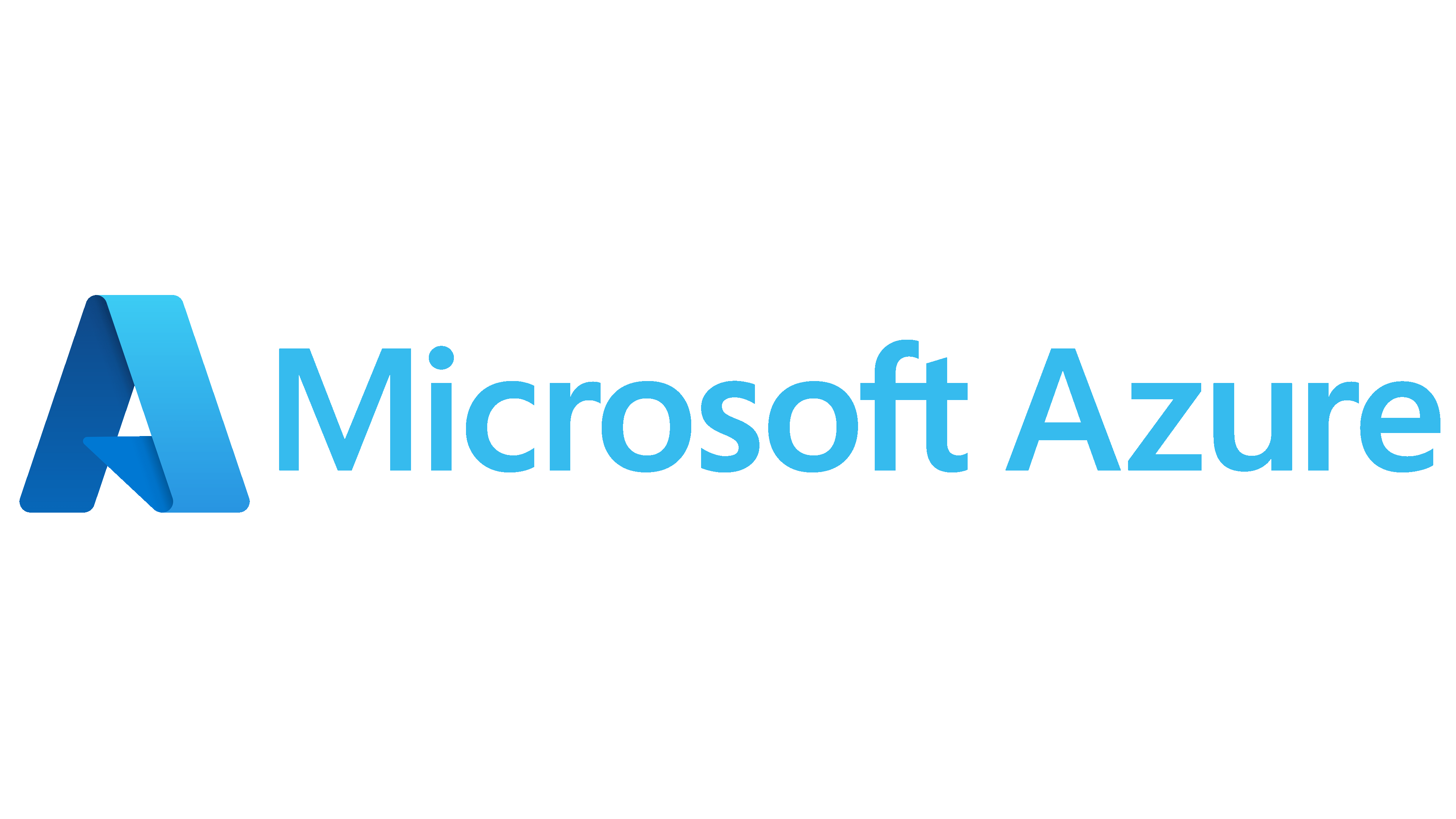
WHAT IS AZURE?
Azure is a cloud computing platform by Microsoft that offers a wide range of services to create solutions tailored to business needs. It provides the flexibility to build, manage, and deploy applications across a vast global network using preferred tools and frameworks.
It's designed to help businesses scale efficiently, reduce IT costs, and innovate faster.
This article focuses on the core architectural components of Azure. These core components can be divided into two main groups namely; the physical infrastructure and the management infrastructure.
The Physical Infrastructure
The physical infrastructure for Azure starts with datacenters.
Azure as a global cloud provider, has datacenters around the world. However, these individual datacenters aren’t directly accessible. Datacenters are grouped into Azure Regions or Azure Availability Zones that are designed to help you achieve flexibility and reliability for your business-critical workloads.
Regions
A region is a geographical area on the planet that contains at least one, but possibly multiple datacenters that are nearby and networked together with a low-latency network. Azure intelligently assigns and controls the resources within each region to ensure workloads are appropriately balanced.
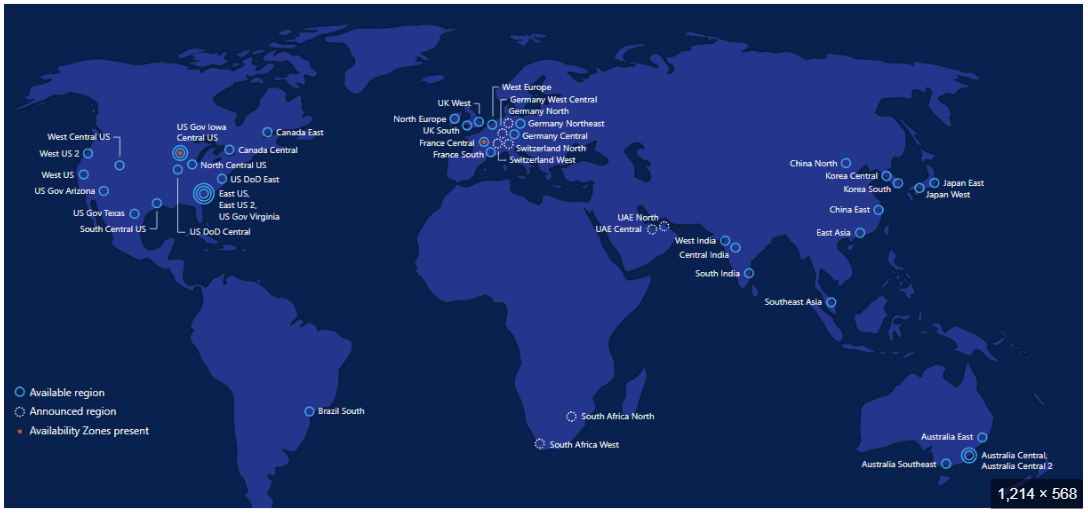
Availability Zones
Availability zones are physically separate datacenters within an Azure region. Each availability zone is made up of one or more datacenters equipped with independent power, cooling, and networking. An availability zone is set up to be an isolation boundary. If one zone goes down, the other continues working. Availability zones are connected through high-speed, private fiber-optic networks.
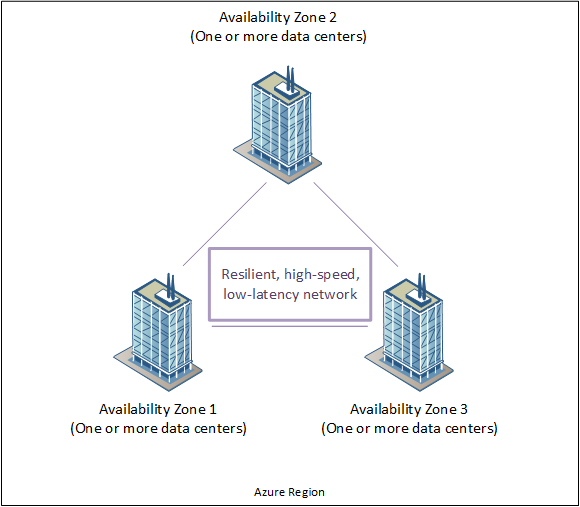
Region pairs
Most Azure regions are paired with another region within the same geography (such as US, Europe, or Asia) at least 300 miles away. This approach allows for the replication of resources across a geography that helps reduce the likelihood of interruptions because of events such as natural disasters, civil unrest, power outages, or physical network outages that affect an entire region. For example, if a region in a pair was affected by a natural disaster, services would automatically fail over to the other region in its region pair.

In addition to regular regions, Azure also has sovereign regions. Sovereign regions are instances of Azure that are isolated from the main instance of Azure.
The Management Infrastructure
The management infrastructure includes Azure resources and resource groups, subscriptions, and accounts.
Azure resources and resource groups
A resource is the basic building block of Azure. Anything you create, provision, deploy, etc. is a resource. Virtual Machines (VMs), virtual networks, databases, cognitive services, etc. are all considered resources within Azure.
Resource groups are simply groupings of resources. When you create a resource, you’re required to place it into a resource group. While a resource group can contain many resources, a single resource can only be in one resource group at a time.
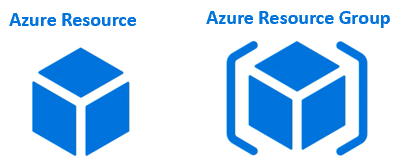
Azure subscriptions
Subscriptions are a unit of management, billing, and scale. It allow you to logically organize your resource groups and facilitate billing.
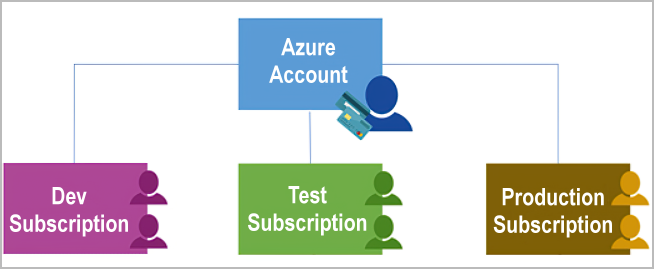
Azure Management Groups
The final piece is the management group. Azure management groups provide a level of scope above subscriptions. You organize subscriptions into containers called management groups and apply governance conditions to the management groups. Management groups can be nested.
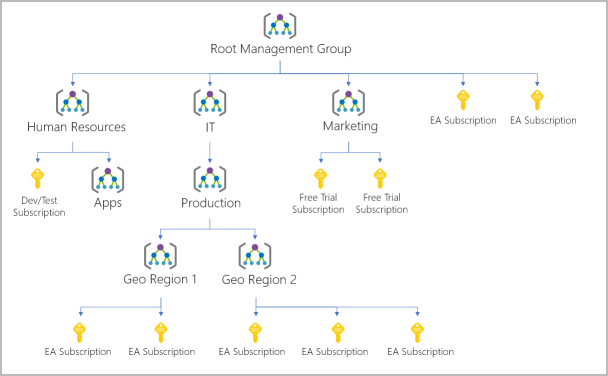
In conclusion, Azure's core architectural components provide a robust framework for building, managing, and deploying applications globally. The physical infrastructure, consisting of datacenters, regions, availability zones, and region pairs, ensures high availability, reliability, and disaster recovery. Meanwhile, the management infrastructure, including resources, resource groups, subscriptions, and management groups, offers a structured approach to organizing, managing, and scaling resources efficiently. Together, these components enable businesses to leverage Azure's capabilities to meet their specific needs, ensuring flexibility, security, and performance in the cloud.
Subscribe to my newsletter
Read articles from Oluwafemi Adebayo directly inside your inbox. Subscribe to the newsletter, and don't miss out.
Written by
